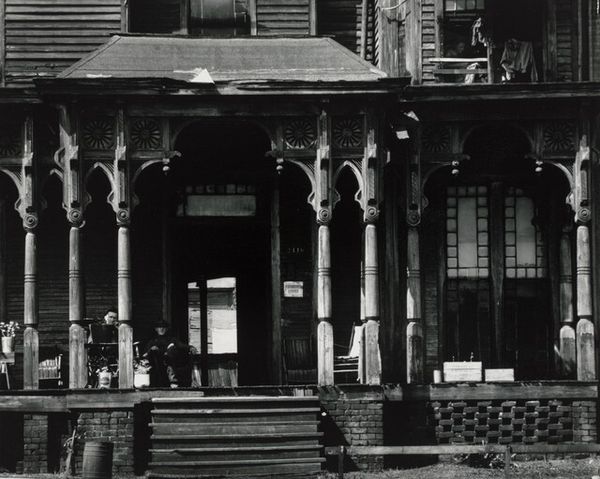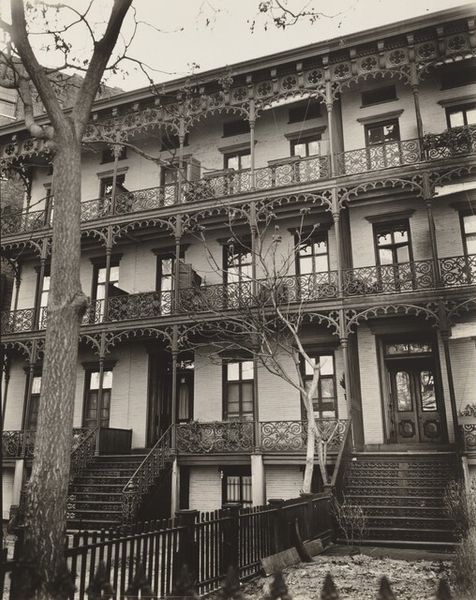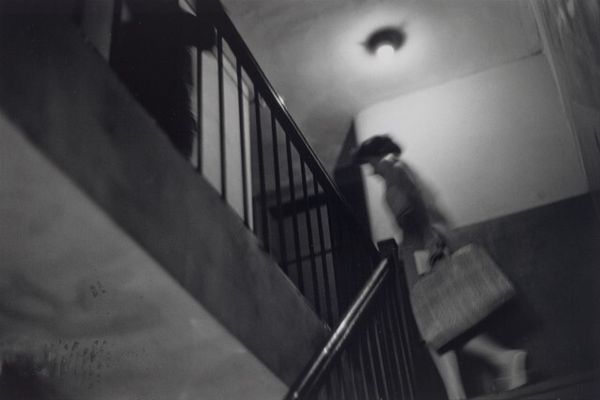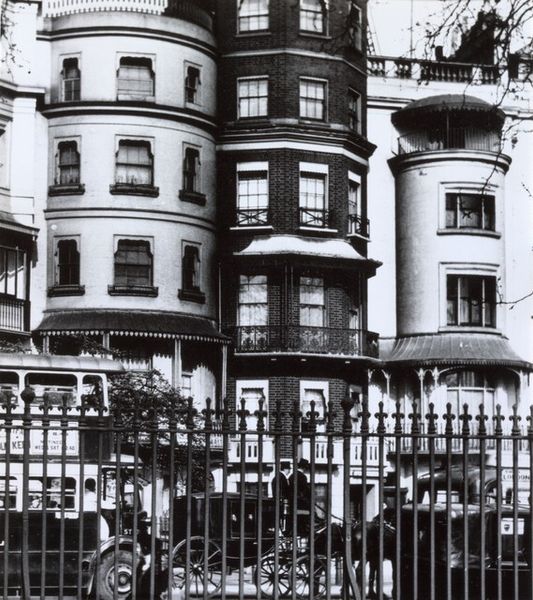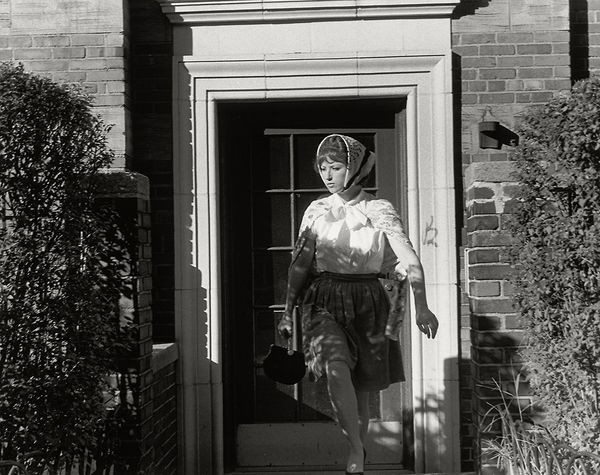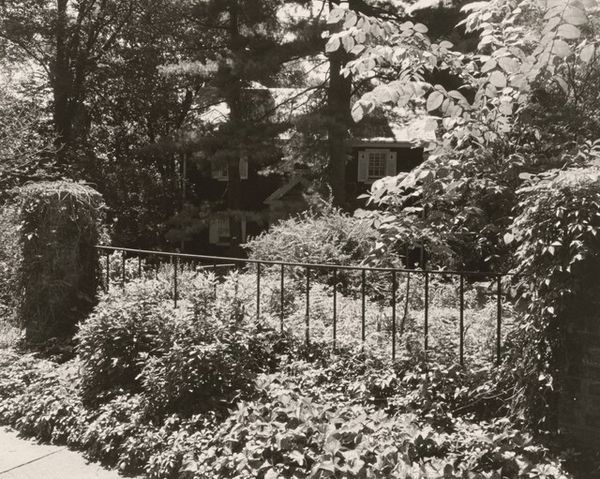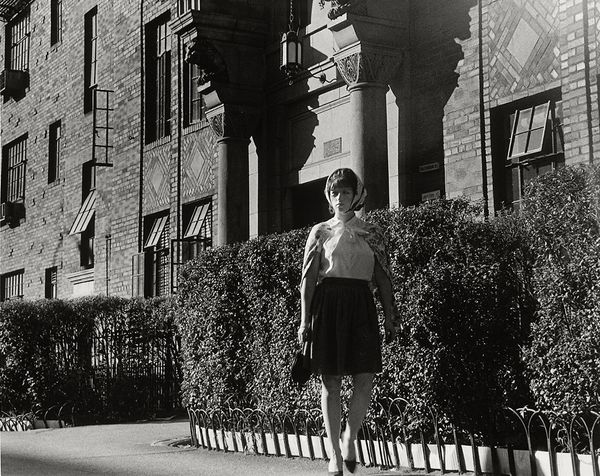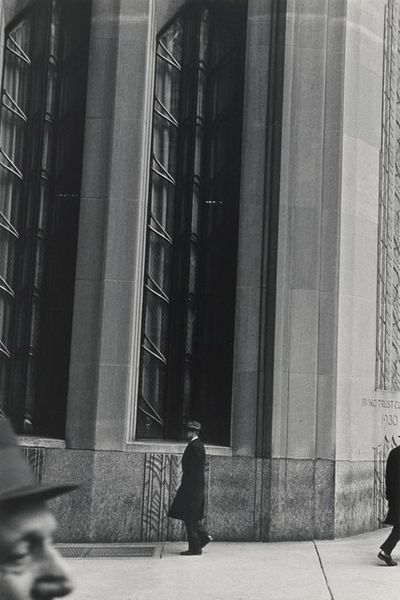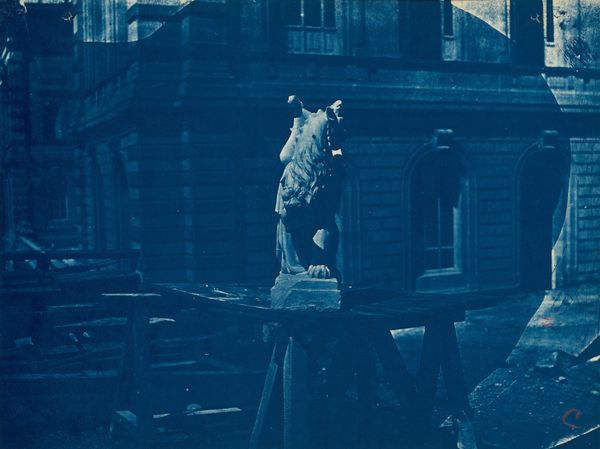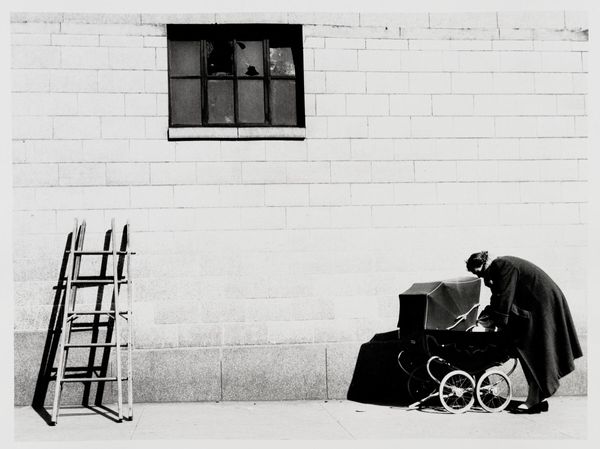
Dimensions: overall display dimensions variable
Copyright: © Francis Alÿs | CC-BY-NC-ND 4.0 DEED, Photo: Tate
Editor: This is Francis Alÿs' "The Commuters," from the Tate collection. It depicts a person carrying a framed artwork past identical townhouses. What's so compelling about this scene? Curator: I see a quiet critique of the art world's circulation. The identical buildings suggest a system, and the commuter carrying the art becomes a cog in this machine. Where is the art going, and who benefits? Editor: So, the act of transporting the art is more important than the art itself? Curator: Precisely. Alÿs highlights the often-overlooked labor and infrastructure that support artistic exchange and the subtle politics of image distribution. What does this reveal about public access to art? Editor: That's a perspective I hadn't considered. It definitely changes how I view art institutions.
Comments
Join the conversation
Join millions of artists and users on Artera today and experience the ultimate creative platform.
tate 6 months ago
⋮
The Commuters is an installation by the Belgian-born artist Francis Alÿs. It is comprised of an oil painting, which depicts the legs of people as they walk through London, and eighteen photographs. The painting and photographs are accompanied by a framed work on A4 paper entitled ‘THE COMMUTERS, London 26 Sept – 20 Nov 2005’. Beneath this title are a set of typewritten bullet points which provide instructions for the fate of the painting. The instructions outline that the painting is to be removed from 21 Portman Square at 7pm and taken away by a visitor. It will then remain with the visitor until 11am the following morning, when it is to be returned to Portman Square. This sequence is then to be repeated. The eighteen photographs show the oil painting in various places, such as strapped to the back of a moving motorbike, propped against a sofa in a domestic space, and being carried under the arm of a man down one of London’s Regency streets. The painting, photographs and work on paper that make up this work are hung together in a vertical line.

